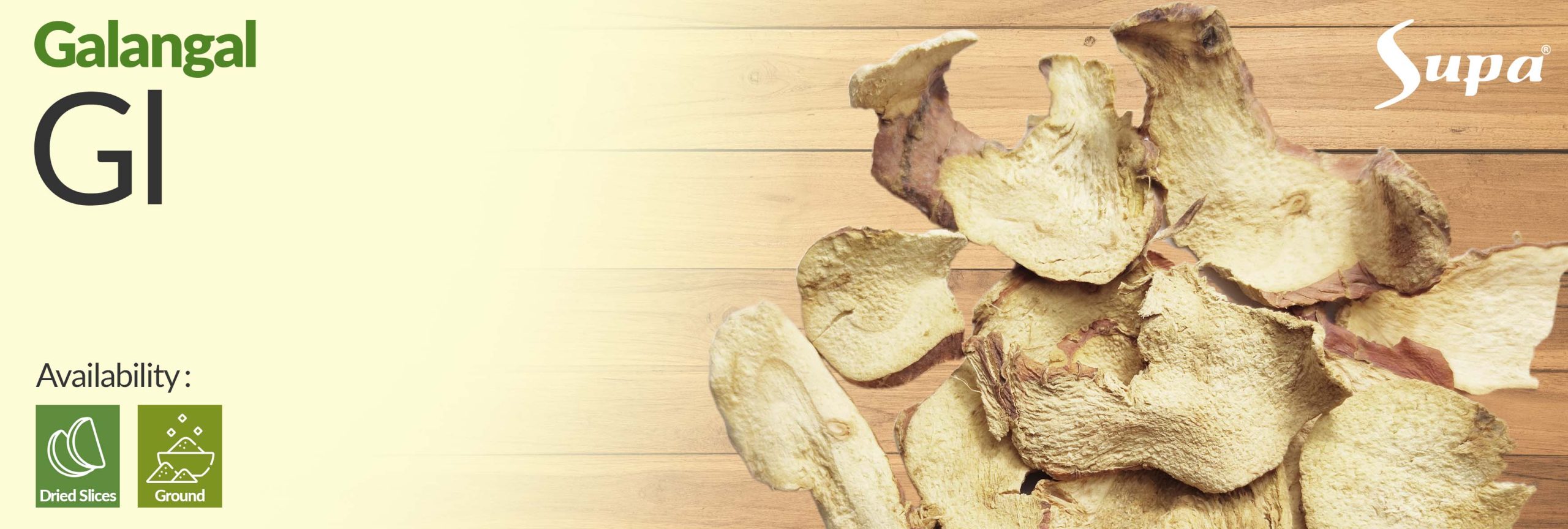
The historical use of galangal reveals a fascinating journey of its role in various cultures and contexts. Greek philosopher Plutarch observed the ancient Egyptians employing galangal as a fumigant to perfume and cleanse the air, showcasing its aromatic and disinfectant properties. Beyond merely a fragrance, galangal was revered as a medicinal ingredient across civilizations stretching from the Mediterranean to China. Early trade routes introduced this spice to Greek and Roman physicians, who incorporated it into their costly remedies tailored for affluent patients, further establishing its valuable role in ancient medical practices.
In the Middle Ages, the renowned German herbalist Hildegard of Bingen labeled galangal as “the spice of life.” However, historical evidence points to the usage of a different variety, now known as lesser galangal, gaining popularity in European culinary traditions. This distinct version found its way into medieval European recipes, as evidenced by its presence in the 14th-century English cookbook “The Forme of Cury.” Over time, galangal’s unique flavor and versatility in various dishes contributed to its prevalence in medieval and Tudor-era cooking.
Fast forward to the present, galangal maintains its significance in Southeast Asian cuisine. Its distinctive taste continues to enhance an array of dishes, adding depth and complexity to the flavors of the region’s culinary offerings. This evolution of galangal’s role, from ancient Egyptian fumigant to revered ingredient in Southeast Asian dishes, showcases its enduring appeal and ability to bridge cultures and centuries through its multifaceted contributions to aromas, flavors, and even medicinal applications.
Flavor: Galangal has a strong and pungent flavor that sets it apart from other spices. It is often described as being spicy and peppery, with hints of citrus and pine. Taste: When consumed, galangal delivers a sharp and zesty taste that is both warming and slightly bitter. The taste is more intense than ginger but less sweet than regular ginger. Aroma: Galangal has a highly aromatic scent that is reminiscent of a combination of ginger, citrus, and pine. The aroma is potent and enticing, adding an exotic and vibrant note to dishes.
Culinary Ingredient: Galangal is used as a key culinary ingredient in Southeast Asian cuisines, particularly in Thai, Indonesian, and Malaysian dishes. Flavor: Galangal has a strong and aromatic flavor, often described as citrusy, spicy, and peppery, adding a unique depth to recipes. Fresh and Dried Forms: Galangal is available in both fresh and dried forms. Fresh galangal is used in cooking, while dried galangal is ground into a spice powder or used in herbal remedies. Curry Pastes: Galangal is a common ingredient in Thai curry pastes, contributing to the distinctive flavor of dishes like red curry and Tom Kha soup. Traditional Medicine: In some cultures, galangal is used in traditional medicine for its potential health benefits, including aiding digestion and reducing inflammation.
Origin : Indonesia Botanical Name : Composition : Galangal Color : Beige Moisture Content : Max 12% Shelf Life : 12 Months Loadability : 20 FCL Package : Carton Packing *For more detailed specifications, please feel free to contact us.

